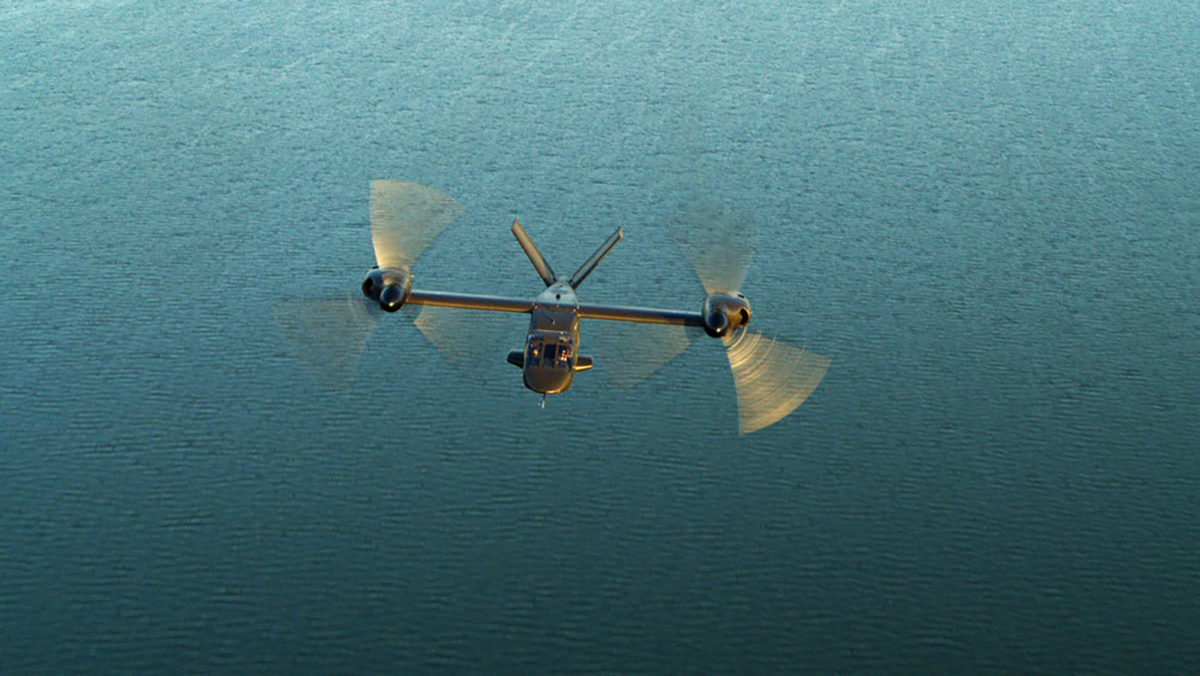U.S. Army’s selection of V-280 Valor, a tiltrotor, could be a benefit to those pitching civilian electric tiltrotors
By Paul Brinkmann|December 15, 2022
For Army, tiltrotor promises to extend reach in the Pacific region
The U.S. Army’s selection of the Bell Textron V-280 Valor tiltrotor for a major contract comes as dozens of advanced air mobility companies are pursuing development of electric tiltrotors.
The Army awarded the V-280 contract Dec. 5 with a ceiling of $1.3 billion to eventually purchase hundreds of the rotorcraft as part of its Future Long-Range Assault Aircraft program, with variants planned for the Marine Corps and U.S. Special Operations Command as well.
“It’s all about range, range and range with a little speed thrown in. The Army needs to keep itself relevant in the Pacific theater because that’s the future, of course,” said Richard Aboulafia, an analyst and a managing director at Washington, D.C.-based consulting firm Aerodynamic Advisory.
According to Bell, the tiltrotor allows the V-280, considered an assault transport aircraft, to reach its intended location with airplane speeds, yet operate with helicopter-like maneuverability and hovering capacity.
The Army intends to phase in the V-280 while it phases out older Black Hawk helicopters, but the service will continue to maintain a Black Hawk fleet, Aboulafia predicted.
The V-280 will now join the larger V-22 Osprey, built by Bell and Boeing, as a major tiltrotor vehicle for the military. While both burn fossil fuel, most commercial developers of tiltrotor aircraft have focused on much shorter-range electric propulsion. Examples include Joby Aviation, Archer Aviation and Wisk Aero, all based in California. Bell itself has displayed a mockup of an electric tiltrotor, the Nexus, at aviation events in recent years, but the status of that project is unclear because the company hasn’t provided updates in several months or set a target for beginning passenger service.
While the V-280s are considered too specialized and expensive for the commercial market, at up to $40 million each, the Army’s decision could encourage private investors who are considering buy-in for the development of other tiltrotor craft, Aboulafia said.
“Are there investors who might look at this and say, “Great, let’s get these AAM folks even more money”? I’m sure there are, but that would be for electric tiltrotors, because these fossil fueled tiltrotors like the V-280 are just too expensive,” he said.
The V-280 tiltrotors represent an improvement over the V-22, Aboulafia said, in that only the rotors themselves tilt while the engine remains in a fixed position at the end of the wing — a simpler design.
The selection of the V-280 indicates the U.S. is comfortable with its V-22 experience in terms of the tiltrotor technology, Greg Sanders, a deputy director of research at the Center for Strategic and International Studies in Washington, D.C., think tank, told me via email.
“The Army is strongly motivated to show its relevance in the Pacific theater, and the speed, range, and survivability of the vertical lift fleet all play into that,” Sanders wrote.
He added: “This was a deliberative process that paid a lot of attention to the long-term implications of the choice and the ease of upgrading,” the aircraft and its systems in the future.
The Army chose Bell, which is a subsidiary of Rhode Island-based Textron, over the Defiant X coaxial helicopter that was put forward by Sikorsky Aircraft and Boeing.
Get the latest news about advanced air mobility delivered to your inbox every two weeks.





